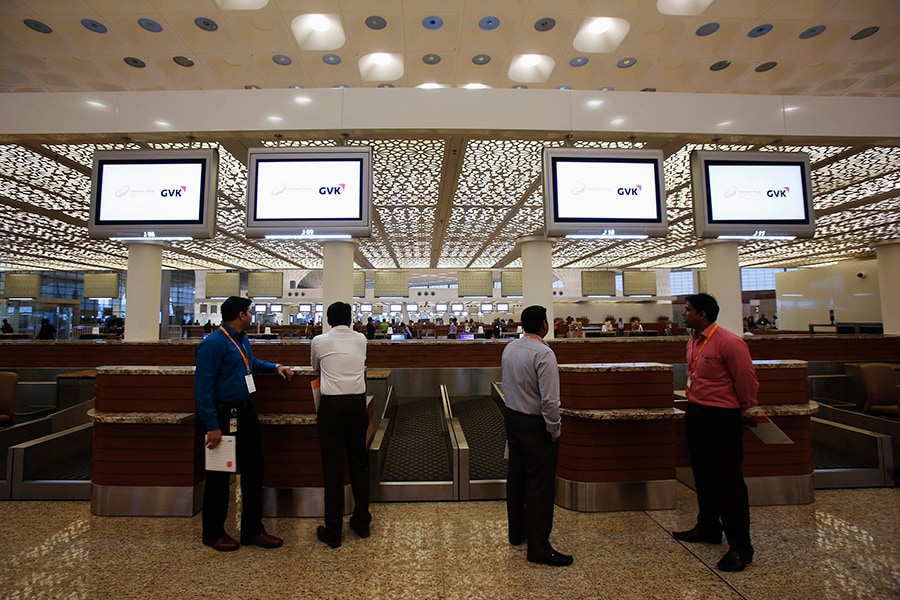
Domestic air passenger traffic growth dips to 15% in March
Rising jet fuel prices might be forcing airlines to choose higher yields over passenger growth
 Image: Danish Siddiqui/Reuters
Image: Danish Siddiqui/Reuters
The Indian aviation industry has seen passenger traffic over the two successive months of February and March dip to 15 percent as compared to the earlier 20 percent-plus growth figures.
While February reported a year-on-year (y-o-y) growth of 15.77 percent, the passenger traffic growth in March (y-o-y) was lower at 14.91 percent. In January, passenger traffic recorded a 25.13 percent growth which was a continuation of the 23 percent-plus growth rate that was reported in calendar year 2016.
A report by ICICISecurities points to the fact that domestic airlines might not be sacrificing their yields for higher passenger load factors (PLFs). “Total PLFs lowered to 82 percent, and after eight months, the capacity growth surpassed the passenger growth during March. The connecting underlining theme is that of a possible conscious choice of airlines to resist sacrifice in yields,” read the report.
The ongoing fourth quarter earnings season would indicate if airlines have chosen yields over passenger growth. While there is no empirical data on whether there has been a significant rise in air fares over the last two months, what is known is that the price of jet fuel has been on the rise as a consequence of the rise in global crude oil prices over the last 12 months.
According to data published by the International Air Transport Association, jet fuel prices have risen by 22 percent in the Asia and Oceania region, while the highest rise of 39 percent has been reported in North America. India’s largest domestic airline IndiGo and its rival SpiceJet had seen an impact of rising jet fuel prices in their third quarter earnings.
“At current yields, the elasticity of higher fares and lower passengers is far more value accretive for airlines compared to lower fares and higher passengers. Hence, a paradigm of choosing yields over growth is best for the airlines, especially in a high cost period like Q4FY17,” the ICICISecurities report said.
However, there are other factors also that might be impacting lower passenger traffic growth. For instance, Boeing’s senior vice president sales, Dinesh Keskar, was of the opinion that the real passenger growth in the country was in the range of 12 to 13 percent. Speaking to Forbes India of the sidelines of the Aero Show 2017 in February, Keskar had said, “India is at a 23 percent growth trajectory right now and no country in the world can sustain that. I would call it a pent up growth because of the ability of people to spend money and their propensity to fly.” He added, “Even if fuel costs were to rise, the passenger growth in India would be in the range of 15 to 16 percent.”




